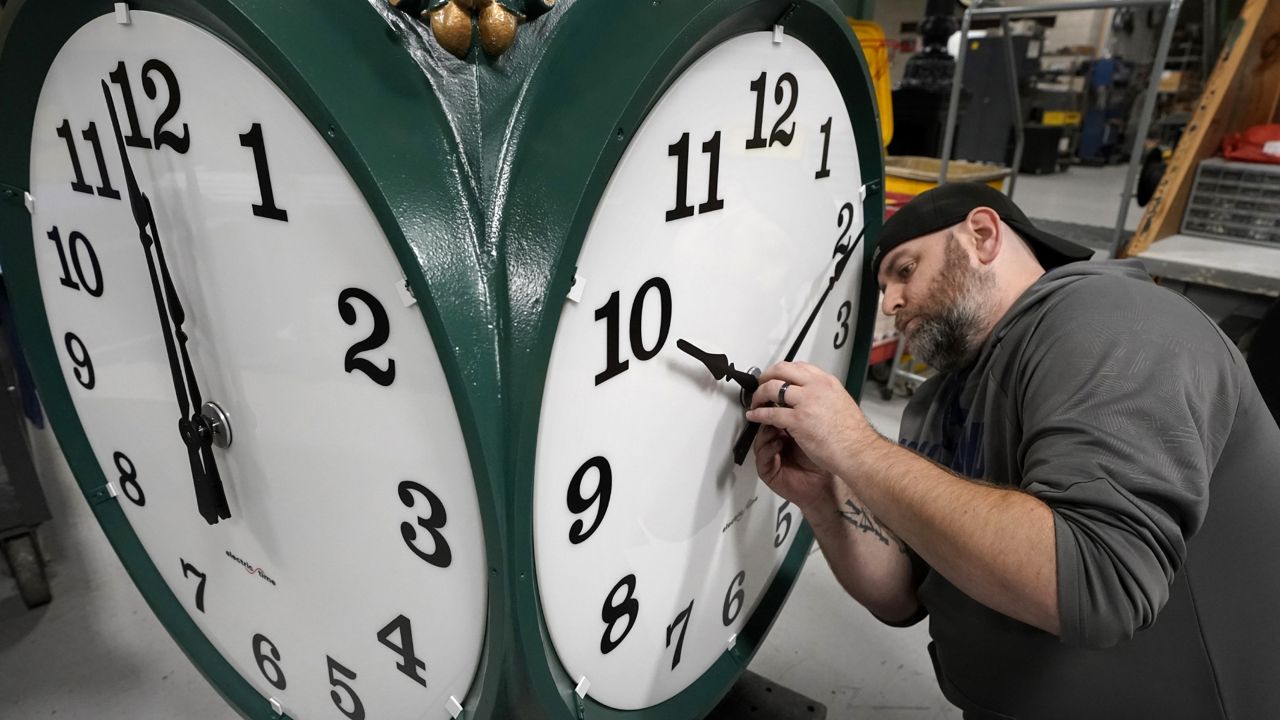The U.S. Senate on Tuesday voted unanimously in favor of a bill known as the Sunshine Protection Act, which would make daylight saving time permanent – meaning Americans would no longer have to change their clocks twice a year to account for the time change.
“It's really straightforward: Cutting back on the sun during the fall and winter is a drain on the American people and does little to nothing to help them,” Sen. Marco Rubio, R-Fla., a cosponsor of the bipartisan legislation, wrote in a statement. “It's time we retire this tired tradition.”
The bill, which must first clear the House of Representatives before it can be signed into law, would make the current time zone permanent, as daylight saving time began Sunday, March 13, and lasts through Sunday, November 6.
States and regions that do not currently observe daylight saving time – Hawaii and most of Arizona, the Navajo Nation, American Samoa, Guam, the Northern Mariana Islands, Puerto Rico and the U.S. Virgin Islands – will not be required to adopt any changes.
The bill also does not create new time zones, nor does it change the amount of hours of sunlight per day.
“In sum, if enacted, we would not ‘fall back’ in November and would enjoy a full year of DST, instead of only eight months,” Sen. Rubio clarified.
Sen. Sheldon Whitehouse, D-R.I., another cosponsor, said the bill aims to “brighten the coldest months with an extra hour of afternoon sun.”
Daylight saving time was first adopted by the federal government in 1918 before being repealed seven months later. It went through a series of re-adoptions and changes, and the current daylight saving time lasts months longer than when it was first implemented.
If we didn’t “fall back” in November, we would notice the change in daylight a lot more during the cold months.
Summer would stay the same, with later sunrises and later sunsets.
During winter, we would have much later sunrises but early sunsets. Many cities wouldn’t experience sunrise until after 8 a.m., some places even closer to 9 a.m. Sunset would still happen early around 5-6 p.m.
So to sum it up, we would have to deal with dark winter mornings.
Spectrum News Meteorologist Shelly Lindblade contributed to this report.



